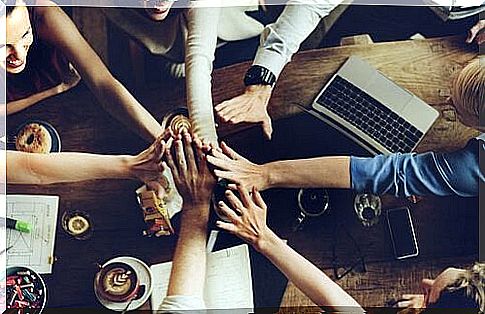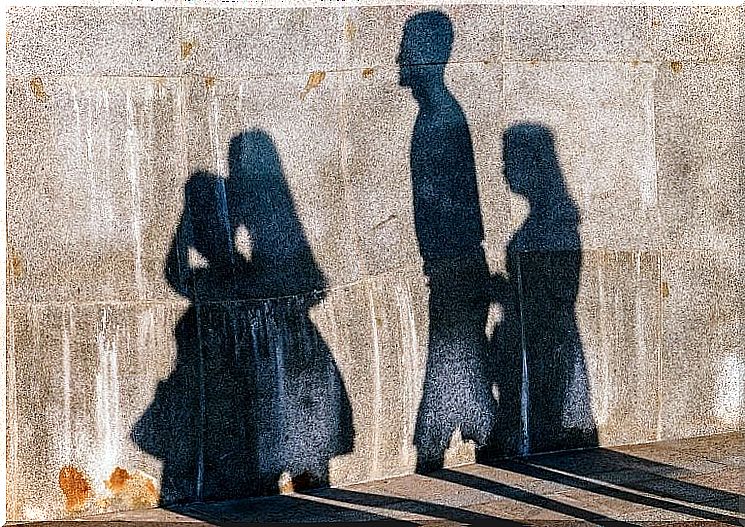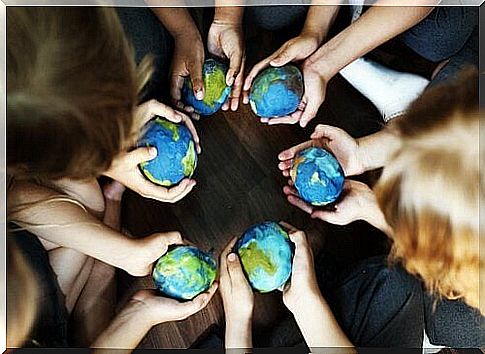3 Strategies To Reduce Prejudice

We all have prejudices. Prejudices are attitudes, positive or negative, towards groups or their members, which we use to assess and label people we don’t know. For example, if when we meet a Gypsy we think that Gypsies play the guitar well, our interaction with him would be determined by this prior belief that he would be a good musician. Biases serve to maintain status hierarchies between groups, but fortunately there are different ways to reduce biases.
Prejudices are believed to have three components: A cognitive component, stereotypes, which represent the mental images we have of members of a particular group. Another component is the affective, the emotions and feelings that are aroused. The last component is the behavioral, represented by discrimination, negative attitudes towards the group against which we are prejudiced.
Since they are attitudes towards groups or their members, different ways to reduce prejudice have been developed by social psychology, based on categorization and social identity theories.
Reduction of prejudices through recategorization
People tend to categorize, to divide people into categories. This categorization makes us more favored by those we include in our own category, thus creating prejudice against the members of the others. Therefore, increasing the flexibility of category boundaries will reduce bias. In this sense, there are at least three possibilities:
- De-categorization : consists of seeing the members of other categories as individuals. In this way, prejudice will be reduced. If, instead of seeing a person as a member of a country, we see them as an independent individual, attitudes will be more positive.
- Cross categorization : consists of highlighting the common categories to which the members of two conflicting groups may belong. By making people aware of the categories they share, attitudes towards these other people would be more favorable. We may have different religions but still share gender and nationality.
- Recategorization : consists of creating a new categorization, which encompasses members of different categories at the same time. For example: we are not Spaniards or French, but Europeans.

Reducing prejudices through a common group identity
This last strategy, recategorization, is the one that has been most studied. Since categorizing leads to the formation of identities, if I categorize myself as a woman, I will form a woman’s identity. Thus, to encourage re-categorization, it would be necessary to create new, more inclusive identities. Identities that encompass both my identity and those of others.
For example, if my identity is that of a woman and yours is that of a man, I will favor my group, the women, and I will be prejudiced against the members of your group, the men. If, on the contrary, we both identify with the identity of feminists, then I will favor both men and women.
Having a common identity increases helping and cooperative behaviors. Therefore, the more people that are part of the identity, the greater the benefits for the group. Also, returning to the previous example, the initial identities would not be lost. We would remain women and feminists or men and feminists. In this way, we would have a double identity and, even if there was another group with another identity, they would be members of our group at the same time. The problem is that social identities are not activated all at once, only the one that is most important at that moment will be activated.

Reduce prejudice through contact
The contact hypothesis is closely related to categorization strategies to reduce prejudice. This theory states that it is possible to reduce prejudices when contact is increased between members of various social groups, or when it is known that members of the group itself have close relationships with members of others.
However, the contact hypothesis only seems to work under some specific conditions that favor contact between members of different social groups. There are four conditions:
- There must be full support, both social and institutional, when making contact.
- Contact must be prolonged. There should be enough time for relationships between group members to be meaningful.
- Participants, the people between whom the contact takes place, must have a similar status. The condition of the groups must be the same.
- The groups involved must have common goals, so that these shared interests generate cooperative relationships.
In short, there are several ways to reduce prejudice. Apparently, creating a category like “humans”, from which to generate a human identity, would be ideal. This would be the perfect way to reduce prejudice.
However, the difficulty in getting people to identify themselves as human and that this is always the most important identity complicates the feasibility of this option. Perhaps a common enemy from another planet would make us identify as human or earthling, and prejudice would end. It’s possible, but unlikely.









